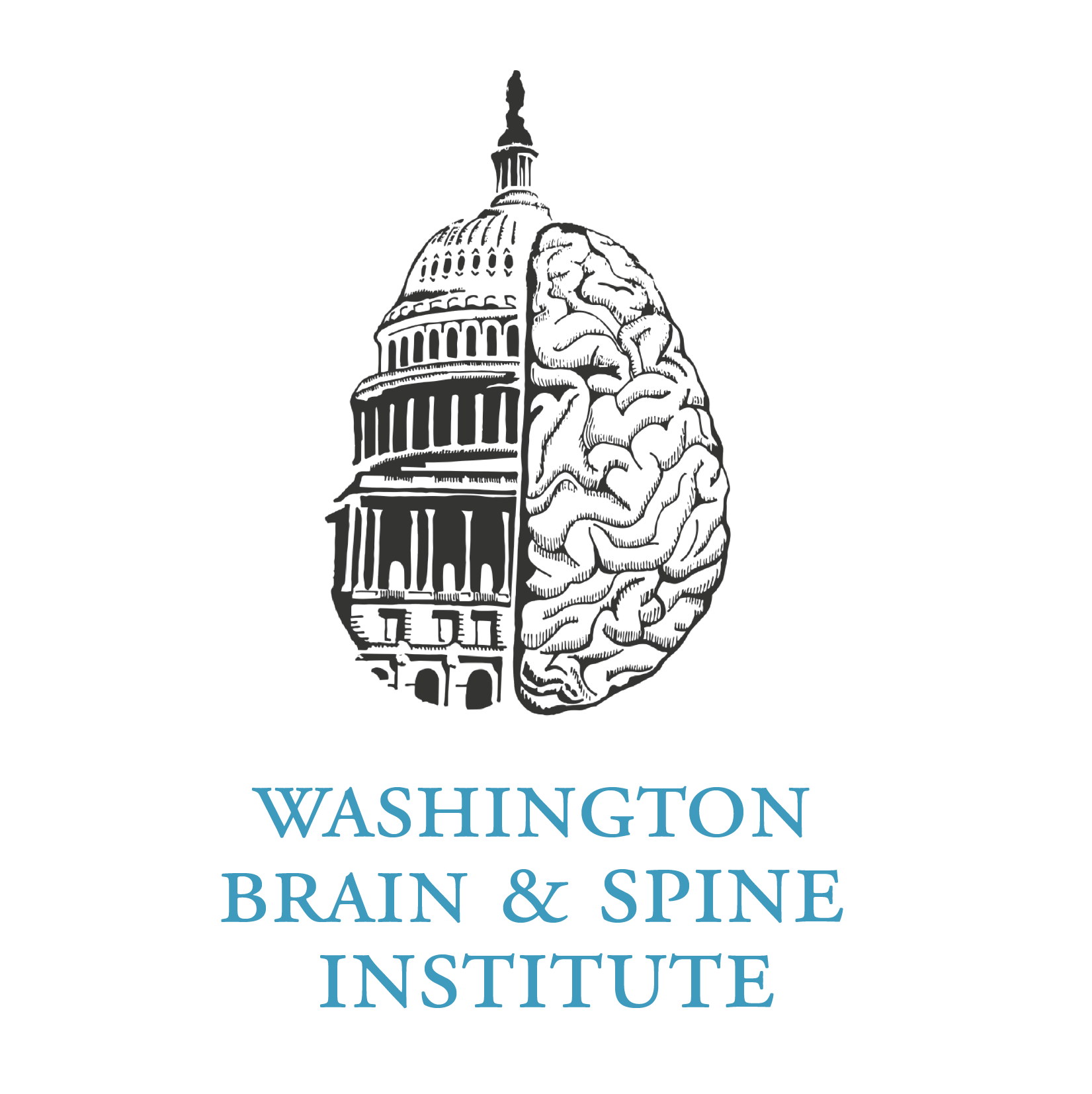About 3.4 million adults and children in the United States suffer from epilepsy, a neurological disorder that causes recurrent seizures. It can usually be treated by medications that control the seizures and improve the person’s quality of life, but for about 30 percent of people medications don't work. For patients with medication-resistant epilepsy there other options for finding relief and living a seizure-free life.
Seek Care from an Epileptologist
If you and your primary care doctor or neurosurgeon have tried medication therapy without success, you should be referred to an epileptologist. An epileptologist is a neurologist with advanced training and experience in treating epilepsy and other seizure disorders. They work in epilepsy centers, such as Holy Cross Health's Level 3 Epilepsy Center, to pin point the source of seizure activity in your brain. The epileptologists at Holy Cross Health work with a multidisciplinary team of neurosurgeons, neurologists, neuroradiologists and others in a state-of-the-art Epilepsy Monitoring Unit to deliver the right diagnosis and the right treatment for patients with complex epilepsy. Epileptologists and their team of experts use a number of diagnostic tools and tests to:
Confirm the epilepsy diagnosis
Determine brain structural abnormalities
Identify the exact area of the brain where seizures are triggered
Locate speech, sight and memory functions — areas that a neurosurgeon will not risk damaging in surgical treatment.
Treating Epilepsy with Surgery
For medication-resistant epilepsy, surgery is typically recommended to control or cure the seizures, including the following procedures:
Visualase Laser Treatment - The very latest treatment for epilepsy is laser interstitial thermal therapy, called Visualase®, a tiny fiber optic thread that directs laser energy at the precise part of the brain responsible for your seizures. Holy Cross Hospital is the first hospital in the Washington, D.C., metro area to offer this procedure for treating epilepsy in adults.
Temporal Lobectomy – The most common surgery used and it removes the area of the brain that produces seizures.
Split Brain Surgery – Used in patients whose seizures originate from multiple sources. In this procedure neurosurgeons cut the tissue that connects the two hemispheres of the brain to prevent seizures from spreading across the brain, thus reducing the number of seizures.
Neurostimulation Device Implantation – In this procedure, neurosurgeons implant a small device in the upper chest that detects seizure onset and sends electrical stimulation to the brain to reduce seizure activity. Holy Cross Health is a leader in deep brain stimulation, which is primarily used to treat Parkinson's disease and essential tremor, but was FDA approved in 2018 to also treat epilepsy. Vagus nerve stimulation and responsive neuro stimulation are two other implantation procedures used to control medication-resistant epileptic seizures.
Treating Epilepsy with Diet
Some people with epilepsy experience success controlling seizures by following a strict dietary plan known as the ketogenic diet. It is sometimes prescribed by doctors for patients who don’t respond to seizure medications. The ketogenic diet requires that patients eat a very high-fat diet and very few carbohydrates. Foods that are high in fat are things like butter, heavy whipping cream, mayonnaise, and oils. The diet doesn’t provide all the vitamins and minerals of a balanced diet, so patients usually take nutritional supplements. It can be a difficult diet to follow without the help of a ketogenic diet team. Most experts recommend that patients start the diet while hospitalized so that doctors and dietitians can monitor the plan and watch for side effects.
Source: www.holycrosshealth.org
